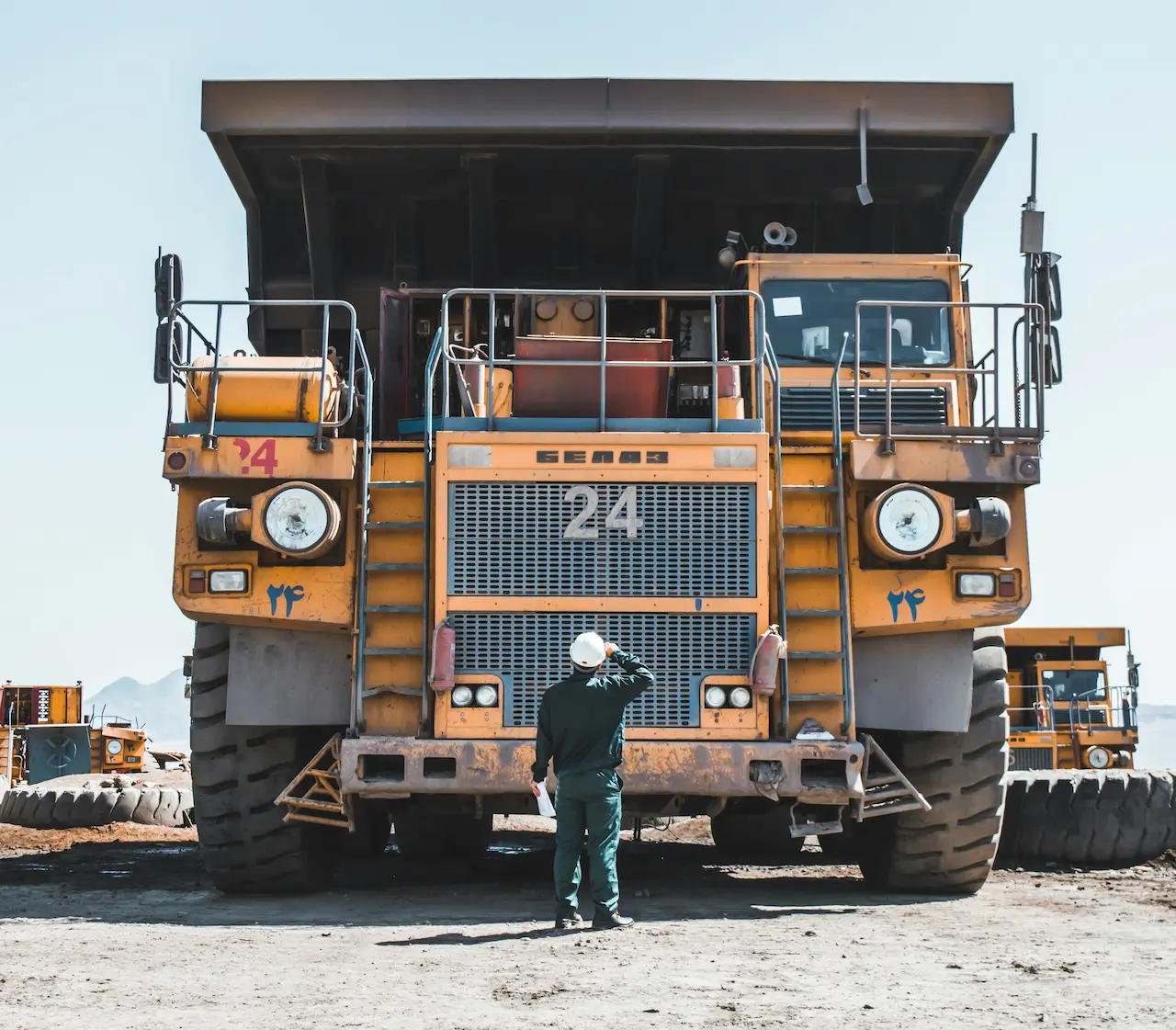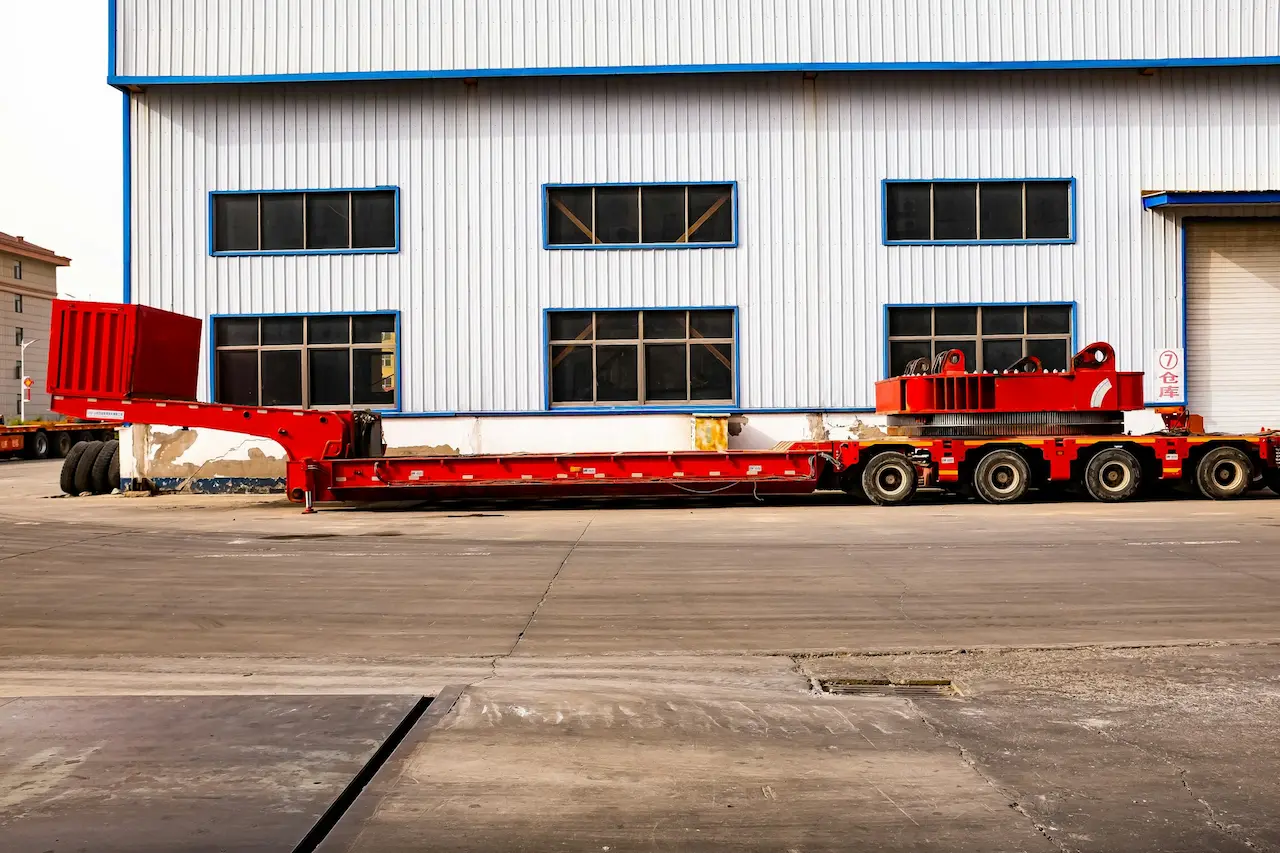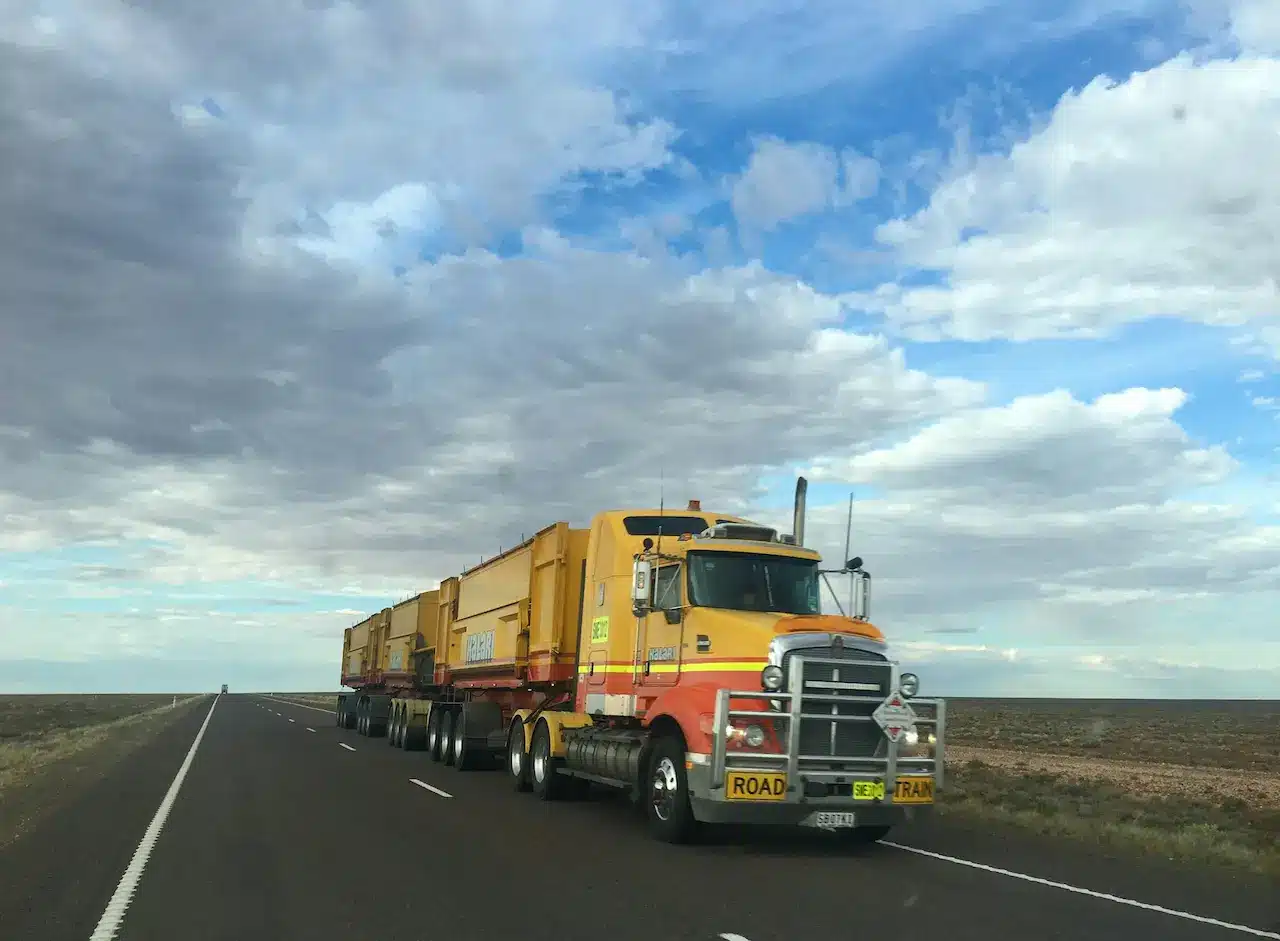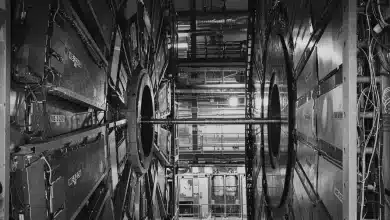If you’ve ever stood next to a semi-trailer and thought, “That’s massive,” wait until you see the world’s biggest trucks. These are not your everyday highway haulers — they’re industrial beasts built to move mountains, literally. From the dusty mines of Western Australia to the icy oil sands of Canada, these mechanical giants are redefining what “big” means in transport and engineering.
What Makes a Truck “The Biggest”?
There’s no single measurement that crowns a truck the “world’s biggest.” Some are the longest, stretching beyond 50 metres and towing multiple trailers. Others are the heaviest, capable of shifting over 400 tonnes of material in a single load. Engineers look at height, gross vehicle weight, payload capacity, and even horsepower to determine how these titans compare. Whether they dominate in size, strength, or sheer hauling power, they all push the boundaries of what’s possible on wheels.

The Heaviest Trucks on Earth
Deep within open-cut mines, you’ll find the world’s heaviest trucks — machines so large that their tyres alone stand taller than an average person. The BelAZ 75710 from Belarus currently holds the crown, capable of carrying around 450 tonnes of rock in one go. Standing more than eight metres tall and weighing nearly 360 tonnes empty, it’s powered by two diesel engines producing a combined 4,600 horsepower.
Other legends of the mining world include the Terex MT 6300AC, with a 400-tonne payload and a height of nearly eight metres, the Caterpillar 797B (380 tonnes), the Liebherr T 282B (396 tonnes), and the Komatsu 930E-4 (321 tonnes). These trucks don’t travel on public roads — they’re purpose-built for giant mining operations that carve through landscapes in search of resources.
Their design is as remarkable as their size. Everything from the chassis to the tyres is reinforced to withstand the relentless stress of moving hundreds of tonnes day in and day out. Some tyres for these trucks cost upwards of $50,000 each and take specialised machinery just to mount.
The Longest Trucks: Australia’s Road-Train Kings
When it comes to length, no one beats Australia’s road trains. These mechanical snakes stretch up to 53 metres and haul three or more trailers across the vast Outback. With a combined weight of over 200 tonnes, they’re designed for endurance rather than brute strength.
Out here, distance is the enemy — and road trains are the solution. A single driver can move the equivalent of several semi-trailers’ worth of freight through remote regions where rail lines don’t reach. Handling one takes skill and precision; a single misjudged turn or sudden stop could spell disaster.
Australia’s geography makes it the perfect testing ground for such machines. Endless flat roads, minimal traffic, and huge distances between towns create the ideal environment for these long-haul giants to thrive.
When it comes to leaders in the logistic solutions like ARES Group, it takes a lot of careful planning, experience and skill to plan moves of such large objects.

Logistics: How Do You Move a Machine This Big?
Building a massive truck is one challenge — delivering it to a mine site is another. These trucks are usually shipped in sections: the frame, cab, engine, and tyres all travel separately before being assembled on-site. Each journey requires meticulous route planning, as even small bridges or tight corners can bring the entire operation to a halt.
Moving them often means securing special permits, using escort vehicles, and in some cases temporarily shutting down public roads. Engineers must survey every bridge and road segment along the route to ensure it can handle the load. Even on-site, the mine’s internal roads have to be specially designed with deep foundations and wide turns to support the trucks’ enormous weight.
The Geography of Gigantic Machines
From a geographical perspective, the biggest trucks are as much about the land they operate on as they are about engineering. Mines in Western Australia, for instance, provide the perfect wide-open spaces needed for super-sized haulers to operate efficiently. In contrast, the rugged terrain of South America’s copper mines demands machines that can tackle steep gradients and unpredictable weather.
Similarly, Australia’s long, straight Outback highways give rise to the world’s longest trucks, while Canada’s frozen tundra supports ultra-heavy mining operations that push equipment to its limits. Geography dictates not just what kind of trucks can be used, but also how they’re built, transported, and maintained.
Behind the Wheel
Operating one of these machines isn’t as simple as turning a key and hitting the accelerator. Drivers of ultra-heavy trucks undergo specialised training to manage the unique challenges of controlling hundreds of tonnes of moving metal. Acceleration is slow, braking distances are massive, and visibility is limited.
Inside the cabin, advanced technology monitors everything from tyre pressure to payload balance. Modern mining trucks even use autonomous driving systems, allowing them to haul loads continuously with minimal human intervention. These self-driving giants are now becoming a common sight in large-scale mines across Australia and beyond.

Planning and Maintenance
The logistical support behind the world’s biggest trucks is a massive operation on its own. Maintenance schedules are tightly managed because downtime costs millions. Fuel logistics are another key challenge — these trucks can consume hundreds of litres of diesel per hour.
Workshops servicing them are equipped with cranes, high platforms, and heavy-duty lifts. When a truck needs new tyres or a major repair, the process resembles aircraft maintenance more than standard vehicle servicing. Even end-of-life disassembly and recycling must be carefully planned due to their size and weight.
Economic and Environmental Impact
While they’re incredible feats of engineering, these trucks also highlight the environmental and economic challenges of modern industry. Their scale allows mining companies to move vast amounts of material efficiently, cutting costs and increasing output. But their fuel use and emissions are substantial.
Manufacturers are exploring electric and hybrid versions of these trucks to reduce their carbon footprint. Some Australian mines are already experimenting with battery-powered haulers and renewable-powered charging stations. As sustainability becomes more important in the resource sector, the next generation of “biggest trucks” might be quieter and cleaner than ever before.
Big Machines, Bigger Challenges
The world’s biggest trucks don’t just move earth — they reshape it. Their immense power keeps industries running and economies growing, but behind every load is an intricate network of planning, geography, and human expertise. From the road trains of the Outback to the mega haulers of open-cut mines, these machines remind us that progress often comes at a grand scale.
For NageoTV.com.au, these giants are a window into how engineering, geography, and human ambition collide. They’re not just vehicles — they’re proof of how far we’ll go to reach the edges of possibility.




